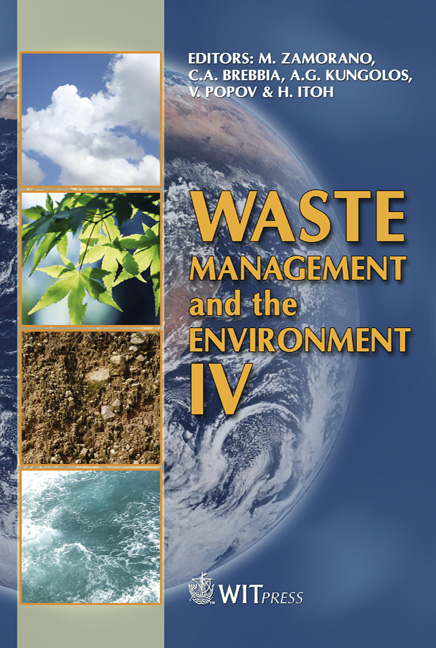Preventing Acid Mine Drainage From Mine Tailings
Price
Free (open access)
Transaction
Volume
109
Pages
10
Page Range
729 - 738
Published
2008
Size
335 kb
Paper DOI
10.2495/WM080741
Copyright
WIT Press
Author(s)
M. Cristina Vila, J. Soeiro de Carvalho, A. Futuro da Silva &A. Fi´uza
Abstract
Mining activity always has high impact on its surroundings, beingwaste deposition the cause of multiple and complex problems to the environment. One of them is Acid Mine Drainage (AMD), causing acid water percolation through large areas in the mine site. Portugal was a prosper tungsten producer from the beginning of the 20th century, having its apogee during World War II. Nowadays there are millions of tons of mine residues deposited in either stock piles or in tailing dams, most of them abandoned, and only one mine still producing tungsten. Available experimental tests to evaluate the acid production potential are listed and commented. Fresh tailings from the still active Panasqueira mine were used as a case study. Laboratory scale tests allowed us to predict the AMD potential as well as its kinetics, which constitutes a very important tool in tailings management. Pilot scale experiments tested the effect of different cover types, including an organic compound host of oxygen consumer microorganisms, in preventing and reducing AMD. Keywords: Acid Mine Drainage, tailings, sulphide ores, soils and groundwater contamination, heavy metals, leachate. 1 Introduction 1.1 Sulphide mine waste and tailings It is known that mining industry causes negative impacts in its surrounding area. The production of acid mine drainage (AMD) has long been known to occur in
Keywords
Acid Mine Drainage, tailings, sulphide ores, soils and groundwater contamination, heavy metals, leachate.





